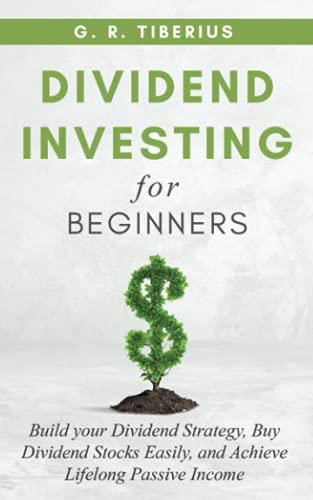Question
1. In this problem, we assume for convenience that we consider call options for only one share of a stock. We consider only one stock,
1. In this problem, we assume for convenience that we consider call options for only one share of a stock. We consider only one stock, and all options are for this stock. We denote the expiration date of the options by T, and we assume that it is the same date for all options considered below. We denote prices as pure numbers, omitting any notation for a currency such as the dollar sign. You may assume that the price C(K) of a call option with strike price K is a differentiable function of K. (The expiration time T is not indicated in the notation.) Suppose that we have strike prices K1, K2, K3, K4 such that 0 < K1 < K2 < K3 < K4 and K4 K3 = K2 K1. Suppose that we buy a bull call using strike prices K1 and K2, spending the (net) amount P. Suppose that at the same time we sell a bear call using strike prices K3 and K4, receiving the (net) amount Q. (You may recognize this as a certain type of condor.) Hence P > 0 and Q > 0. We ignore the unlikely case that P = Q. Thus we assume that P =/ Q. (a) State what P and Q are equal to in terms of the prices C(Kj ) for 1 j 4. (b) State which of the following three alternatives is true: Under the assump- tions above, (i) we always have P < Q (ii) we always have P > Q (iii) we may sometimes have P < Q and at other times have P > Q. For (b), it suffices to give the answer. (c) Explain carefully why your answer to (b) is correct, on the basis of suitable general properties of call option prices.
Step by Step Solution
There are 3 Steps involved in it
Step: 1

Get Instant Access to Expert-Tailored Solutions
See step-by-step solutions with expert insights and AI powered tools for academic success
Step: 2

Step: 3

Ace Your Homework with AI
Get the answers you need in no time with our AI-driven, step-by-step assistance
Get Started


